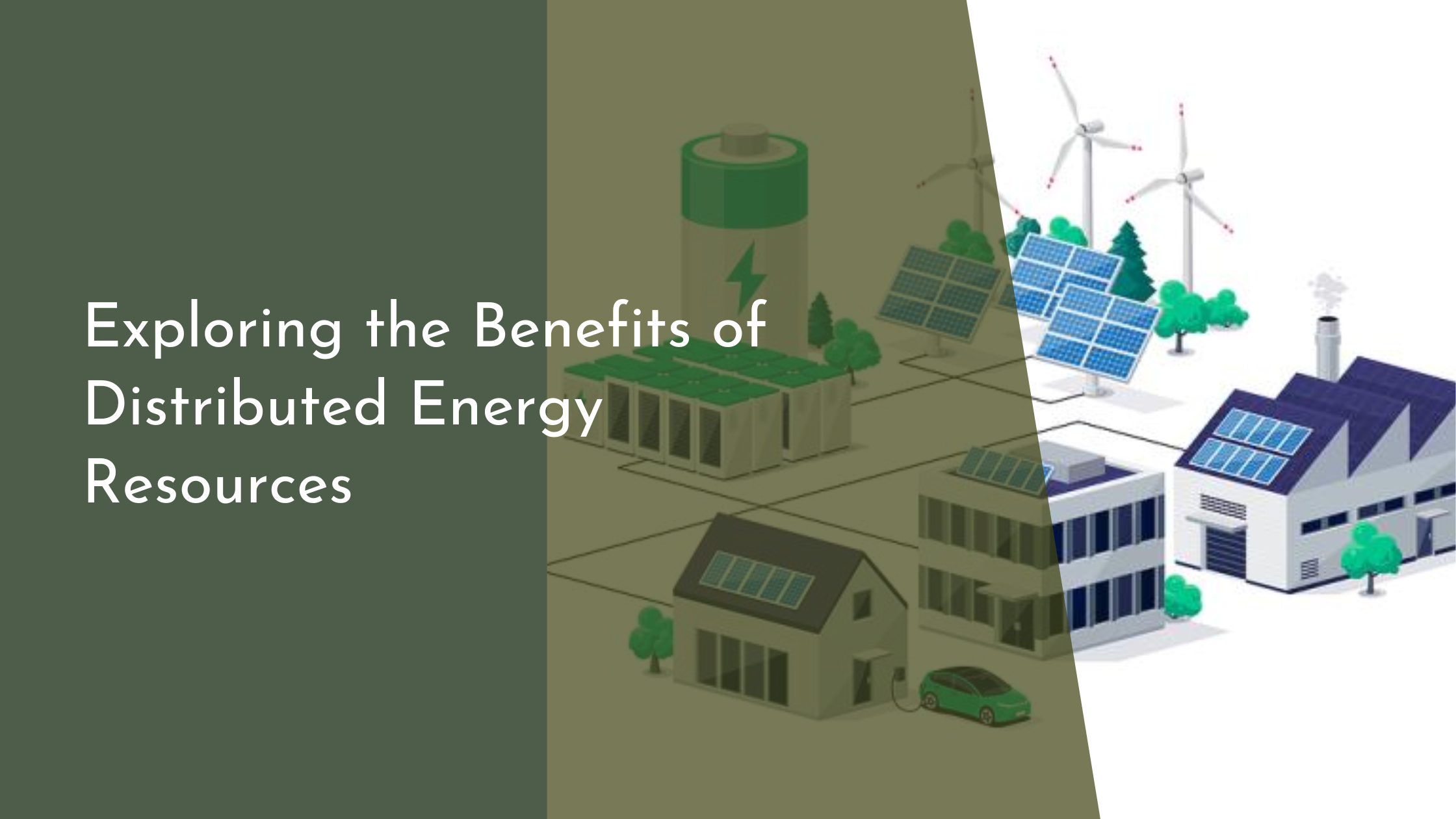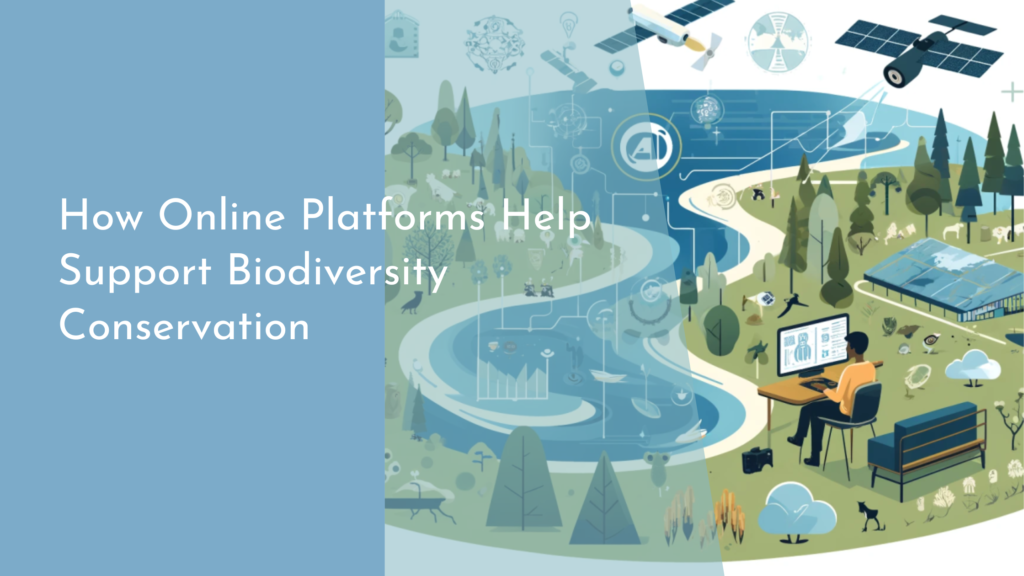Exploring the Benefits of Distributed Energy Resources
The global energy landscape is undergoing a significant transformation, driven by technological advancements and an increasing focus on sustainability. At the heart of this transformation lies Distributed Energy Resources (DERs), which are reshaping how we generate, distribute, and consume electricity. DERs encompass a variety of small-scale energy sources, offering numerous benefits over traditional centralized power systems. This article explores the multifaceted advantages of DERs, from economic gains to enhanced grid reliability, and envisions a future powered by these innovative energy solutions.
Understanding Distributed Energy Resources
Distributed Energy Resources (DERs) refer to a collection of small, modular power-generating technologies that are located close to where the energy is consumed. These resources include solar panels, wind turbines, energy storage systems like batteries, and even small-scale hydroelectric plants. Unlike traditional power generation, which relies on large, centralized plants, DERs are decentralized and often renewable, which enables them to reduce environmental impact while providing flexible energy solutions. As more households and businesses adopt these technologies, they contribute to a more diversified and resilient energy grid.
One of the defining characteristics of DERs is their ability to operate independently or in conjunction with the main power grid. This flexibility allows for more efficient energy management, enabling users to reduce reliance on fossil fuels while optimizing energy consumption based on real-time demand. Furthermore, advancements in smart grid technologies facilitate the seamless integration of DERs into existing infrastructure, thereby enhancing their efficiency and reliability. By empowering consumers to generate and manage their own electricity, DERs are democratizing energy production and fostering a more sustainable future.
Economic Advantages of Localized Power
Localized power generation through DERs offers compelling economic benefits, particularly by reducing the need for costly infrastructure investments associated with large-scale power plants and extensive transmission networks. By producing electricity closer to the point of use, DERs minimize transmission and distribution losses, which can account for a significant portion of power system inefficiencies. This localized approach not only lowers costs associated with energy transportation but also reduces the investment required for maintaining and upgrading grid infrastructure.
In addition to lowering infrastructure costs, DERs can lead to substantial savings for consumers in terms of energy bills. With technologies like solar panels and battery storage, individuals and businesses can generate their own electricity, thereby reducing their dependency on grid-supplied power and shielding themselves from fluctuating energy prices. Moreover, many governments offer incentives and rebates for installing DERs, further enhancing their economic attractiveness. As the market for DERs continues to grow, it is expected that increased competition will drive down equipment costs, making these systems more accessible and affordable for all.
Enhancing Grid Resilience and Reliability
The integration of DERs into the energy grid significantly enhances its resilience and reliability. Decentralized energy resources can quickly respond to changes in demand and supply, providing a buffer against grid instability and potential outages. In the event of a centralized power plant failure, DERs can maintain local power supply, reducing the risk of widespread blackouts and ensuring continuity of service during emergencies. This capability is particularly crucial in times of natural disasters or other unexpected disruptions to the energy system.
Moreover, DERs contribute to grid reliability by supporting peak load management. During times of high demand, such as hot summer afternoons when air conditioning use spikes, DERs can supplement the power supply, reducing the strain on the grid and decreasing the likelihood of power outages. By diversifying energy sources and creating more robust energy systems, DERs help ensure that electricity supply is both stable and reliable, making them an essential component of modern energy strategy.
As we move towards a more sustainable and resilient energy future, the role of Distributed Energy Resources will continue to grow. Their ability to provide economic advantages, enhance grid security, and support environmental goals makes them a vital part of the global energy transition. By embracing and integrating DERs, we can build a brighter, cleaner, and more reliable energy future for generations to come. As advancements in technology and policy continue to support the adoption of DERs, their potential to transform the energy landscape is limitless, promising a world where energy is both abundant and sustainable.


